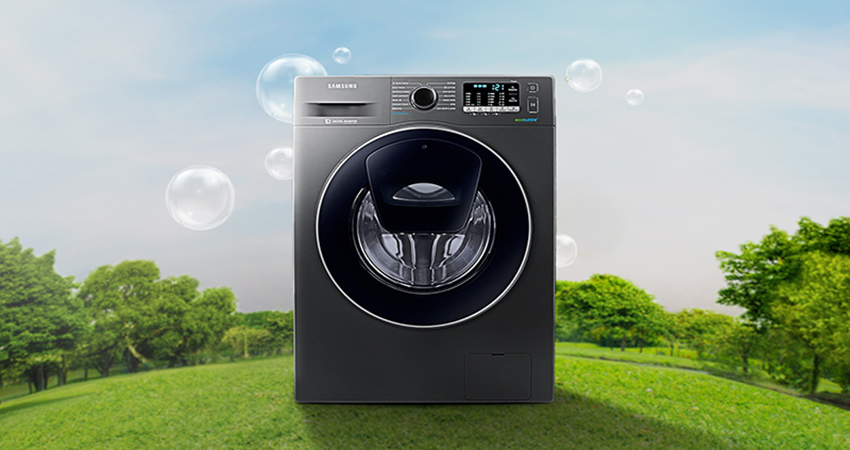Regular exercise is not only a good health habit but also an effective treatment for many knee and hip problems, especially when done with caution and focused on strengthening the surrounding muscles to support the joints.
Knee and hip pain can be alleviated with proper exercise, as strong muscles around damaged joints can take on some of the joint's responsibilities, providing stability and reducing discomfort. For instance, strong quadriceps and hamstrings can absorb much of the shock usually handled by the meniscus or cartilage in the knee, helping to maintain a functional and less painful position for the joint.
Muscles function in pairs, with one contracting while the opposing one relaxes. Imbalances in the paired muscles' function can lead to joint problems and injuries. Therefore, a well-rounded exercise plan should focus on strengthening both the quadriceps and hamstrings equally to maintain balance.
Flexibility exercises are equally important in an exercise plan to improve joint function. They help stretch and relax specific muscles, contributing to an enhanced range of motion and overall endurance.
High-impact activities like running or fast walking on hard surfaces can strain the joints. Instead, opt for low-impact activities like swimming or cycling, which are gentler on the joints and can be performed in a supportive environment.
Exercising in water provides additional benefits as it reduces stress on the joints due to the water's buoyancy. A pool with a temperature of around 85°F is comfortable for exercise and can soothe sore joints, enabling you to try out new exercises before transitioning to solid ground.
To strengthen supportive muscles around the knees, leg resistance exercises should be incorporated into the routine two to three times per week. Building muscle strength will help reduce the stresses experienced by the knee during daily activities.



















